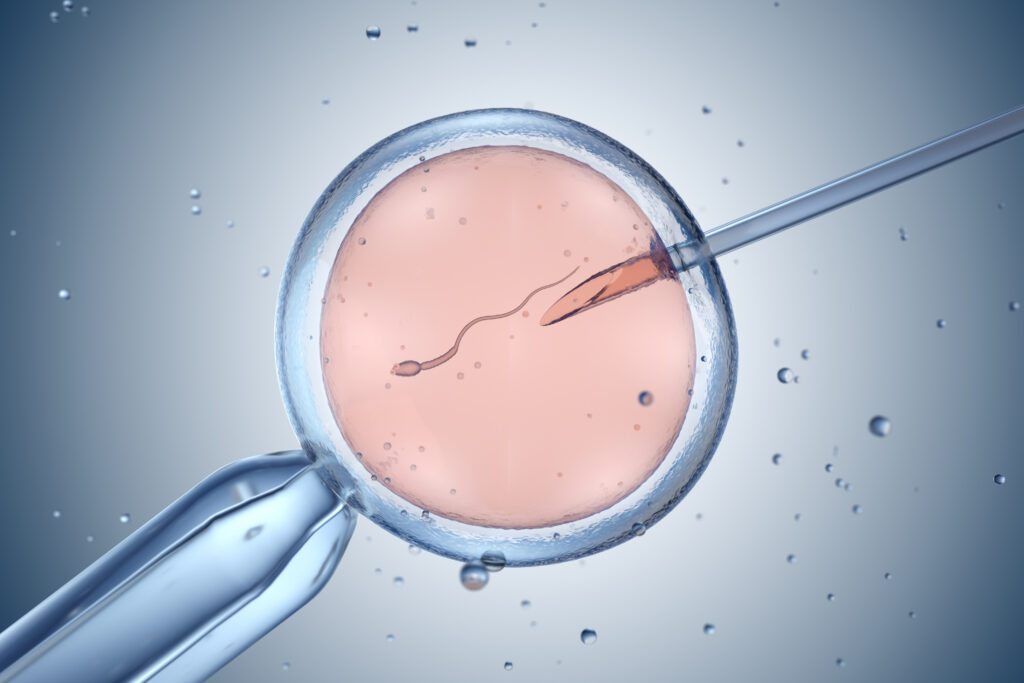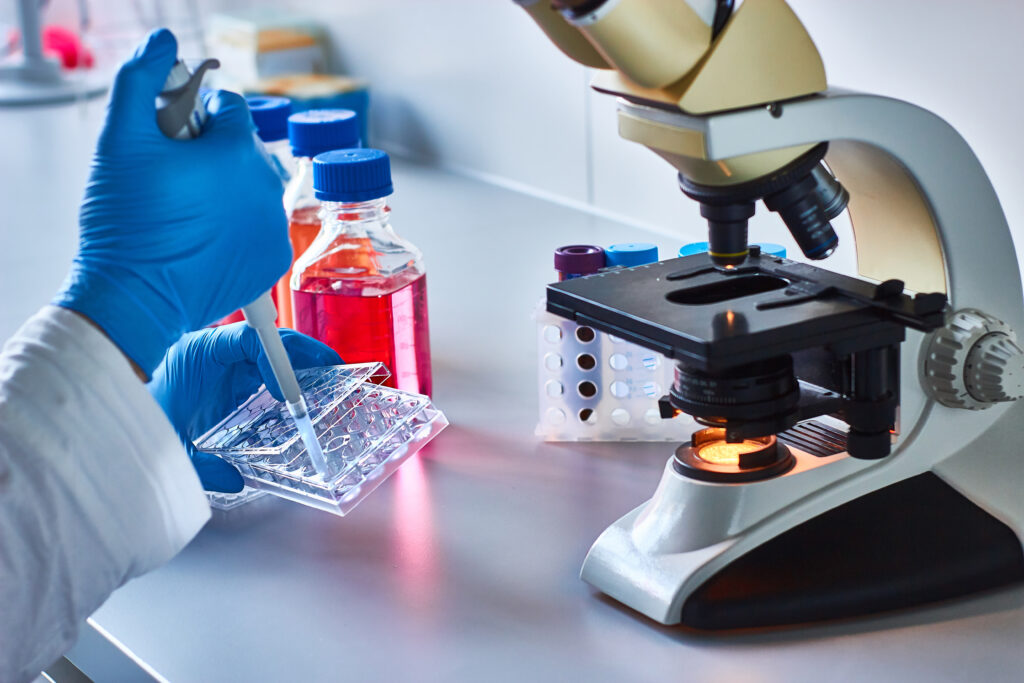The United Kingdom’s Rubicon on Three-Parent Embryos
Later this month, leading scientists from around the world are set to caution a UK parliamentary inquiry against the creation of babies using the genetic material of three parents. On October 22, this group will warn the inquiry against such genetic engineering and the possible scientific and ethical problems it could bring.
Currently, a law is being considered in Parliament which would allow doctors to create three-parent embryos in order to avoid serious diseases with their origin in the cell’s mitochondria. Presently, “mitochondria replacement therapy” can only be used to create embryos for research purposes. However, some government ministers are arguing that this procedure could be used to help mothers prevent mitochondrial diseases from being passed on to their children.
However, the method by which a three-parent embryo is created is potentially unsafe as well as, to say the least, ethically questionable.
Researchers have developed a method that attempts to create an embryo free of the mitochondrial defects it would otherwise contain. This is achieved by a technique called pro-nuclear transfer wherein the father’s sperm is used to fertilize the mother’s egg which contains the defective mitochondria, creating one embryo. At the same time, a second egg from a donor, which contains healthy mitochondria, is also fertilized, producing a second embryo. The nuclei from both embryos are removed, destroying them as entities. The nucleus from the embryo with the defective mitochondrial DNA is then placed in the embryo “shell” with the healthy mitochondrial DNA. The result is a third embryo, which contains genetic material from two mothers and one father.
In a letter obtained by the Sunday Times of London, the scientists have questioned the safety of this mitochondrial donation technique used to create these embryos. “The safety of mitochondrial replacement therapy is not yet established sufficiently well to proceed to clinical trials,” the group warned.
However, the Human Fertilisation and Embryology Authority, which oversees Great Britain’s embryo research, stated it could “see no reason for changing its in-depth and considered views on this matter.”
Many others in the scientific community do not agree that this matter is so cut and dried. Dr. Stuart Newman, a leading cell biologist and professor at New York Medical College, questioned both the science and the ethics of the proposal. “The mitochondria are . . . participants in the development of the organism. This clearly makes any person [brought into being from the procedure] a product of wholesale genetic engineering.”
A recent editorial from New Scientist also urged serious caution, stating, “The emerging science and the issues it raises have not had a proper airing. They urgently need to be brought to Parliament’s attention, debated and settled before a decision is made.”
There are other serious ethical concerns as well. Mitochondrial-replacement procedures would constitute germ-line modification. Should the United Kingdom legalize this procedure it would cross a legal and ethical line long held by the entire scientific community. This general understanding is that certain genetic-engineering tools may be used to treat an individual’s medical condition, but should not be used to modify young embryos in order to alter the traits of future children. While proponents of the procedure argue that the mitochondrial DNA does not affect a person’s personality or inherited traits, this is not clear. Scientists and ethicists from all walks of life have expressed concern that this sort of genetic engineering may have unforeseen consequences and ultimately more than one victim as these genes continue to be passed on.
The desire to alleviate human suffering is a noble ambition and the use of science to combat disease is to be encouraged. However, advances in science must not come at the expense of ethics and our own humanity. In order to create one genetically modified embryo, doctors must destroy two human embryos in the process. This process allows for the creation of life simply to destroy it.
Should Britain pass this legislation, they will be the first nation to do so and it will set a very grim precedent for the rest of the world. It is to be hoped that this month’s inquiry takes the warnings of the scientific community very seriously.
Nora Sullivan is a research assistant at Charlotte Lozier Institute.






















